

Innovation of the last year
It may seem that the world of mobile phones has stopped moving, but on closer inspection we can observe a constant evolution. Manufacturers come with flexible displays, cameras have more and more features and even the design itself, often criticized for its monotony, certainly doesn't lag behind. Which phone innovations, that arrived in the last year, are the most important ones and bring the most benefits?
Innovation of the last year – CONTENTS
- Cameras with more and more lenses
- Artificial intelligence is getting smarter
- ToF sensor provides a blurred background
- Optical image stabilization eliminates vibrations
- Fast payments thanks not only to NFC technology
- Bluetooth enables use of wireless accessories
- Wireless and reverse charging is no longer a privilege of the flagship models
- Mid-range phones already support 5G networks
- In-display fingerprint readers are a standard
- Face unlocking is safe and practical

Cameras
Cameras are an interesting segment where manufacturers can compete - who offers more lenses, the size of the chip, how much and how smartly they use artificial intelligence and what editing options the software will offer. So what principle technical innovations in mobile photography did the last year bring? We have prepared a selection of the most interesting ones.
Cameras with more and more lenses
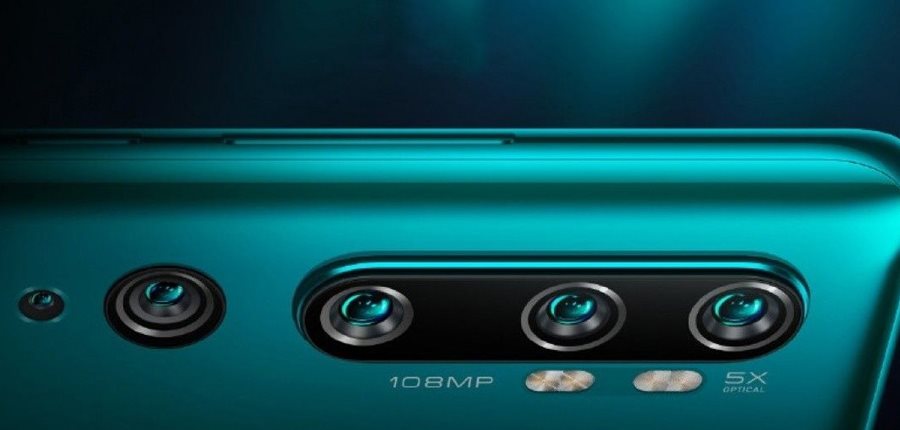
A mobile phone with just one camera is a rare thing these days. You will probably find it only in old models or devices of the lowest price category. Even dual cameras are slowly disappearing from the market. The number of cameras is simply something that manufacturers really love to compete in. Unlike hardware, cameras are visible and touchable. And if there are more of them, it just makes a better impression.
Commonly, we encounter phones that have three or four cameras, the most common configuration is the main camera, wide-angle camera, telephoto lens with optical zoom and a sensor for better depth of field - usually known as a "portrait mode". A macro lens is also popular for taking pictures from a shorter distance, starting at about two centimeters.
The current record holders in terms of the number of cameras are Xiaomi Mi Note10 or Nokia 9 PureView - both with five lenses. The first one is really outstanding, the second not so much. This shows that high number of cameras does not automatically mean high quality, but on the other hand, the Nokia 9 PureView was a technology pioneer so we could turn a blind eye to some of it's imperfections. You can read more about lenses in the article More lenses in mobile phones: advantages, principle and functions .
Artificial intelligence is getting smarter
We can clearly see the effect of artificial intelligence (AI) on photos in their final form. It is most evident when using automatic mode. If you take pictures in this mode, there are several processes going on in the background. In particular, it is the recognition of objects (based on a database of hundreds of thousands of images) and the evaluation of optimal exposure for the best image quality.
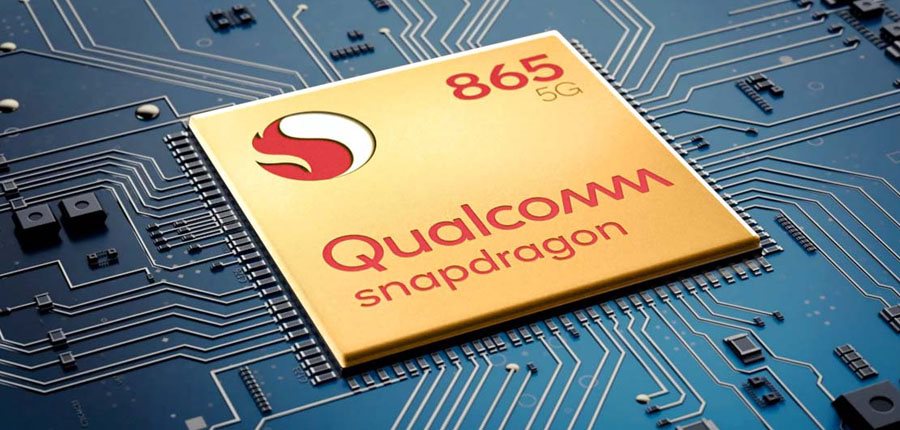
Artificial intelligence also uses the camera in other situations: face recognition when you unlock your phone and in augmented reality. It inserts objects into the image captured by the camera - so it can, for example, replace your face with something else.
ToF sensor provides a blurred background

ToF sensor (time-of-flight) is one of those components that allows your mobile portrait photos to have a beautiful blurred background and highlight the photographed object. The principle of operation is simple, it is similar to the sonar in the submarine: Time-of-Flight sensor sends a signal which is then reflected by the objects in the field of view of the sensor and returns back to the receiver in the sensor. By comparing the transmission time and the reception time for each pixel, we get a value indicating how far from the sensor is situated the object that reflected the signal.
The technology is quite advanced and the ability to recognize what is the object and what is the background, the depth of field and the corresponding blur, is often very accurate. The technology itself is very cheap and technologically uncomplicated. So you can find it not only in the Samsung Galaxy Note10 + or LG V60 ThinQ 5G, but also in cheaper Redmi Note 9 Pro .
Optical image stabilization eliminates vibrations
If you have the impression that your photographic hand is as firm as a rock, you'll soon find out it isn't. There are always subtle vibrations that you won't notice with your eye, but those have a significant effect on the focus and blur of the resulting images. This is resolved by optical image stabilization, which is a common part of high-end phones nowadays. The advantage of optical stabilization is, compared with the digital one, that it is done mechanically, so no unwanted software interventions into the resulting photograph are necessary.
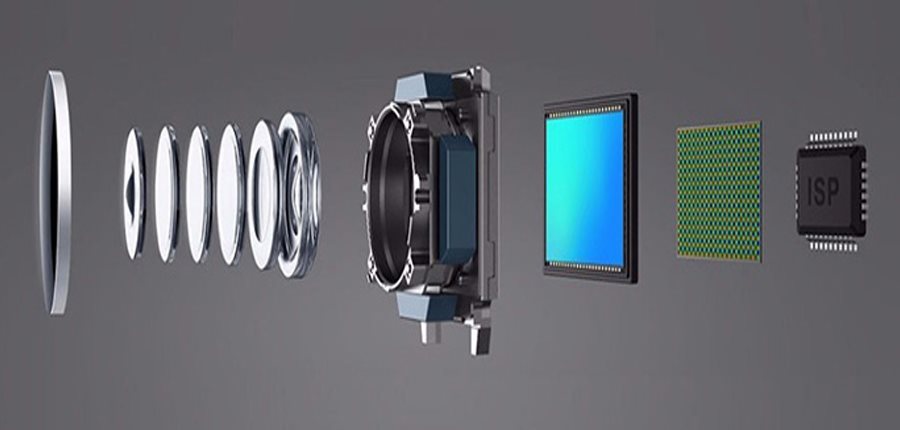
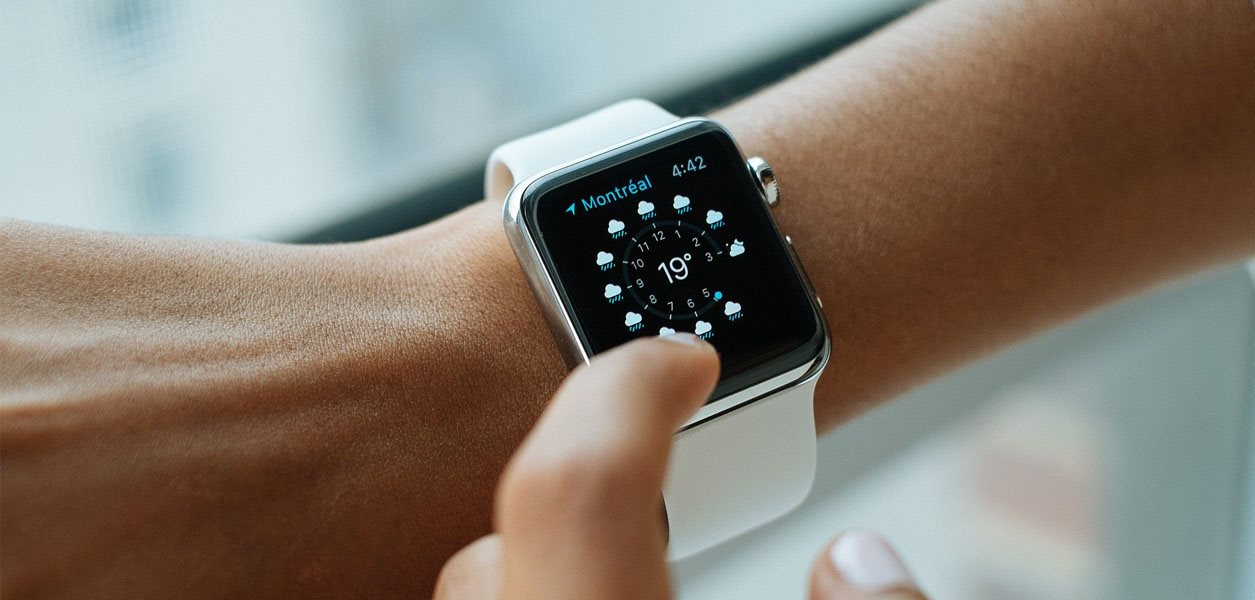
Wireless
When we talk about innovations, "wireless" is probably one of the first things that comes to your mind. The new wireless technologies enable super fast mobile payments or data sharing without the need to fill in data or plug in cables. For many, this is what future sounds like. We will now take a look at the most significant innovations in the field of wireless technology, that were introduced last year.
Fast payments with NFC technology
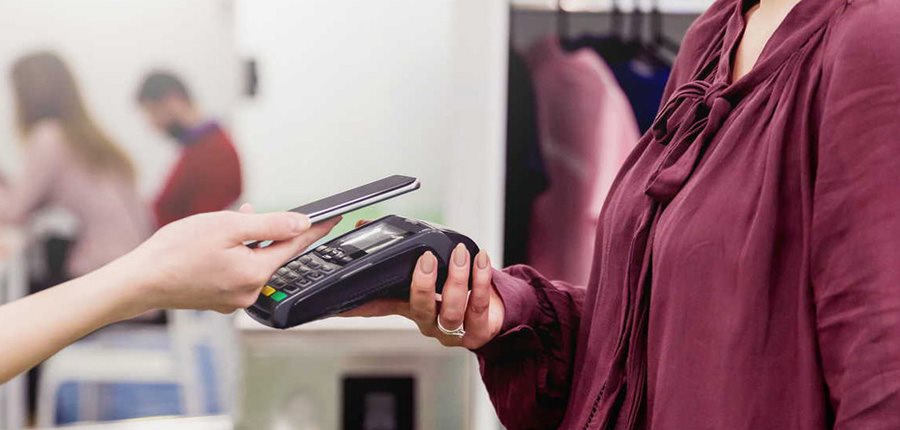
Although the NFC has been around us for some time, it has only recently experienced a real boom. If you look at the specifications of any modern smartphone, you will most likely find NFC technology in it. And what is it good for? It is mostly used for the wireless payments. This is a very quick and safe way to pay virtually anywhere. All you need to do is install a payment application ( Google Pay for Android, Apple Pay for iOS, or other) on your smartphone with NFC, fill in your credit card information and just hold your mobile phone over the terminal at the checkout.
Payment process uses advanced encryption, so you don't have to worry about someone misusing or even stealing your money from your card. For more about mobile payments, including an overview of banks that support this technology, see NFC mobile payments .
With NFC you can instantly pair phones via Bluetooth, unlock doors or do whatever your smartphone is capable of. The technology works on the basis of communication with special "NFC tags" which can be easily programmed. In the future, even our ID cards will likely have such NFC tag.
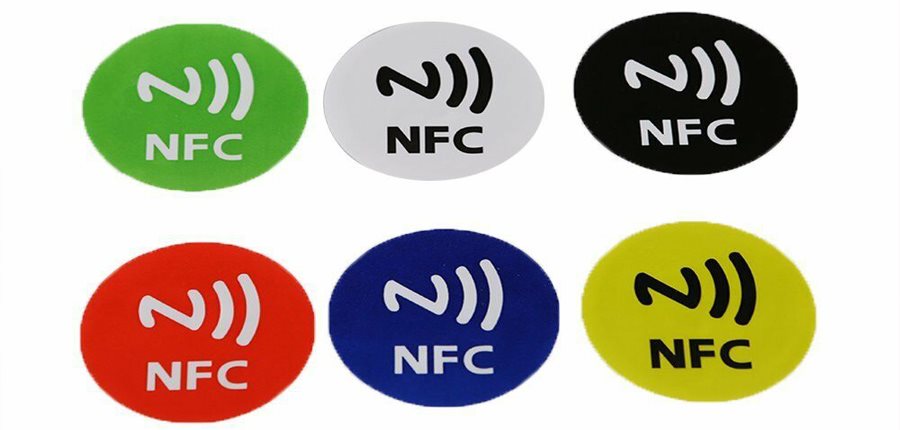
Bluetooth enables use of wireless accessories

Bluetooth is nothing new, we could find it in mobile phones even before the era of smartphones. At that time, however, it mostly served solely as a way to transfer files between phones. Nowadays Bluetooth is not often used for that anymore, due to social networks and cloud storage.
It is now much more often used to connect the phone to wireless accessories, such as headphones , smart watch or smart home elements. This is because Bluetooth now has much greater range (up to 240m in latest Bluetooth versions).
Wireless and reverse charging is no longer a privilege of the flagship models
There is not many technologies that look as futuristic as wireless and reverse charging. That's why it is a must have in all high-end models of leading manufacturers. Just place the phone on a special cordless charger and charging starts automatically - without need to plug in any cables. Reverse charging applies to the wireless accessories mentioned above. The accessory can be charged with this technology directly from the phone by simply placing it to the back of the phone.
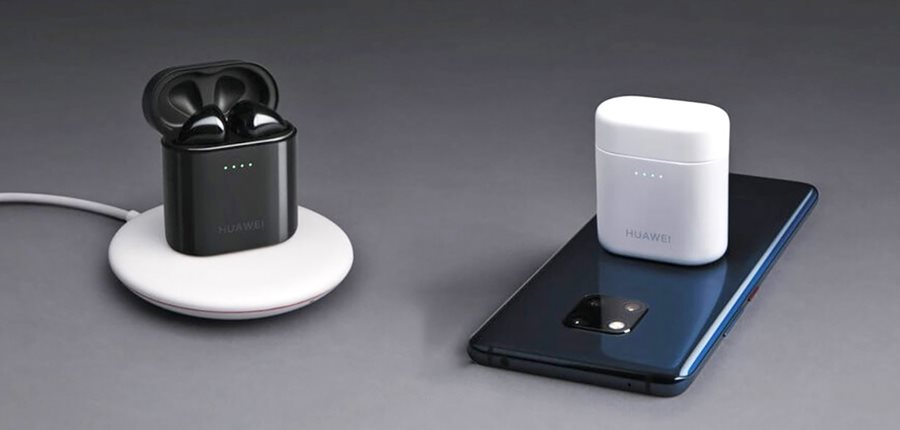
Nowadays, the biggest disadvantage of wireless charging is a lower performance and therefore longer charging time than when using USB-C. Nevertheless, the technology has spread across several sectors of mobile technology so you can find various charging stands or wireless power banks .
Mid-range phones already support 5G networks
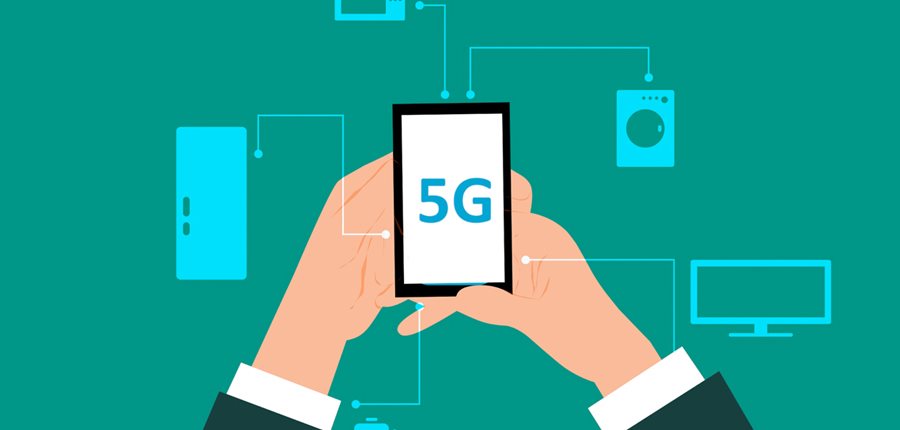
The 5G mobile network has been a huge topic in recent years. We will have to wait some time before the 5G arrives in our country, however, there are already phones supporting 5G networks on the market and their number is gradually growing. The big advantage of 5G is significantly higher data speed compared to 4G networks. Currently, the new 5G networks support speed of up to 250 MB/s (4G only ± 7 MB/s), but in the future it should rise up to 12.5 GB/s.

Biometrics
Biometrics has been a long-term topic and an integral part of today's mobile phones. In general, authentication is based on the recognition of our unique biological characteristics; in layman terms, we are talking about the ability to unlock your phone with your fingerprint or face.
In-display fingerprint readers are a standard
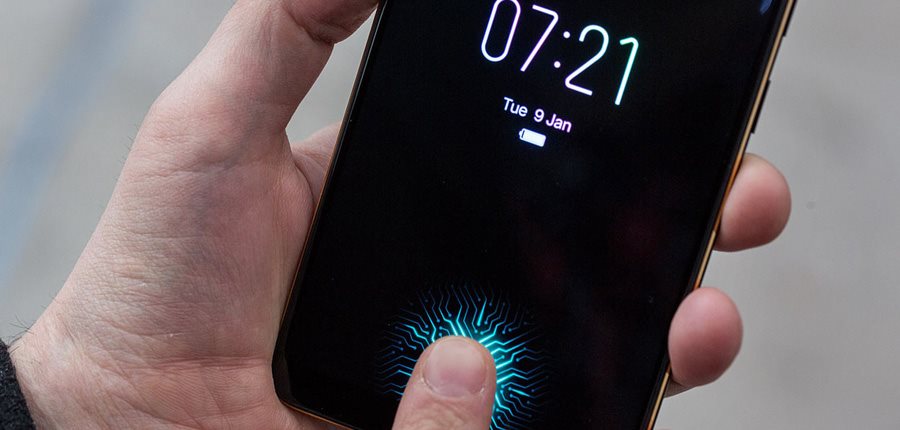
Fingerprint readers quickly caught on and not long after the pioneer of this technology, the iPhone 5S with its still popular design, it was introduced by all flagships and subsequently by the entire middle class. The advantages of readers are obvious. They secure data on your phone and speed up the access to it, as users no longer need to enter their PIN. They're also very convenient when using Google Pay or Apple Pay.
Their reliability has always been quite good and everyone uses (or used) them without problems. But the development never stops; in an effort to bring an upgrade, manufacturers have introduced fingerprint readers built into the display . The year 2019 was a turning point in this. After first exotic attempts, the technology was implemented by leading manufacturers including Samsung , Huawei or Xiaomi and now they are very common.
Face unlocking is safe and practical
But fingerprint readers are not the only biometric authentication to secure phones. Increasingly, manufacturers also use face unlocking. This doesn't necessarily have to replace fingerprint readers, both methods can coexist. Face unlocking has several advantages - it is comfortable and relatively fast, wet finger is not a problem, and it usually provides solid security. When you set up the phone for the first time, it just scans your face and when unlocking, it will always compare the saved image with your appearance.

The scanning technology differs in the way they capture the face. There are also differences in the 2D scans we find on Android phones, but they typically use the front camera, infrared camera or other sensors. The 3D scan adds a 3D face model calculation. See Face Unlock: How it Works and What to Watch Out for .
- Redmi Note 9, 9 Pro and 9S (PREVIEW): these won't empty your wallet
- Xiaomi Mi Note 10 Lite (PREVIEW): large battery, AMOLED and a low price
- Huawei P40 (PREVIEW): amazing displays and uncompromising photo equipment
- The best camera phones
- Samsung Galaxy M21 (PREVIEW): cheap phone with huge battery is coming to the Czech Republic
- Nokia 8.3 5G introduced together with other affordable phones
- Samsung Galaxy Note20 (SPECULATIONS)
- Realme X50 Pro 5G (PREVIEW): 65W charge and 6 cameras
- Motorola Moto G Power and G Stylus (PREVIEW): mid-class with long life and stylus
- Samsung Galaxy S20 (PREVIEW): a beast with amazing parameters
- More articles in category of Mobile Phones
Last year brought a number of innovations in mobile phones.The most interesting ones we find in cameras, but great bonus is also the increasing performance and smarter algorithms.
Mobile Phones